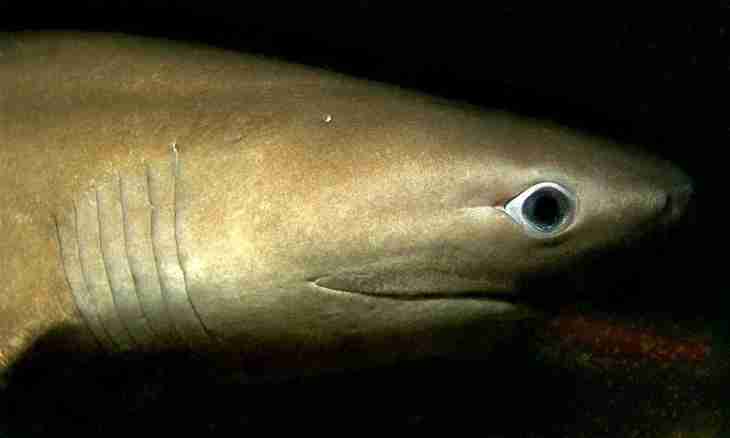Gills are called outgrowths of a body of animals which are intended for breath in water. Most often they represent the branched threads supplied with network of blood vessels and deprived of muscles.
What animals have gillsBy means of gills most of water inhabitants receive from water oxygen: fishes, many water invertebrates (for example, mnogoshchetinkovy worm, mollusk pearl shell, zhabronogy crustacean brankhipus, larva of a mayfly) and some larval Amphibia (for example, tadpoles).
At Cyclostoma (predators or parasites of fishes) the breath is carried out through branchiate bags.
Annelidas have primitive gills. At the majority of the highest Crustacea these respiratory organs are located on sidewalls of a body and the top departments of chest legs. Water larvae of insects have the tracheal gills representing thin-walled outgrowths on different parts of a body in which there is a network of tracheas.
From erinaceouses of a gill starfishes and sea hedgehogs have. All pervichnovodny chordate animal (fishes) have ranks of pair openings (branchiate cracks) located in a drink. At kishechnodyshashchy (mobile ground animals), tunicates (small marine animals with the meshkovidny body covered with a cover) and acranial (special group of invertebrate animals) gas exchange is made during passing of water through branchiate cracks.
As animals breathe gillsGills consist of leaflets (threads), in them there is a network of blood vessels. Blood in them is separated from the external environment by very thin skin, at the same time the necessary conditions for exchange between the gases dissolved in water and blood are created. Branchiate cracks at fishes are divided by arches from which branchiate partitions depart. At some bone and cartilaginous types the petals of gills are located on the outer side of arches in two ranks. Actively floating fishes have gills with a much bigger surface, than inactive water animals. At many invertebrates, young tadpoles these respiratory organs are on outer side of a body. At fishes and the highest Crustacea they are hidden under defensors. Often gills are located in special cavities of a body, they can be covered with special folds of skin or leathery covers (branchiate lids) for protection against damages.
Gills also perform function of a blood system.
The movement of a branchiate cover at breath is made along with the movement (opening and closing) of a mouth. At breath the fish opens a mouth, involves inside water and closes a mouth. Water influences respiratory organs, passes through them and comes to light. Oxygen is absorbed by the capillaries of blood vessels located in gills, and the used carbon dioxide comes out through them in water.
